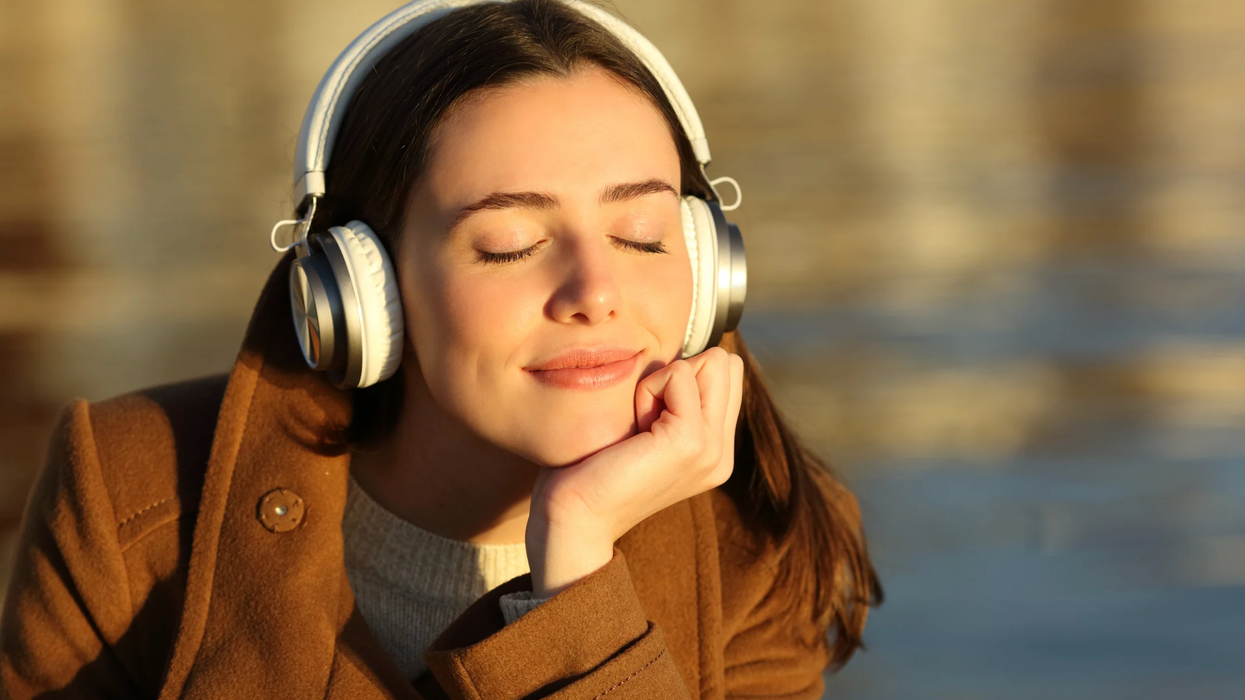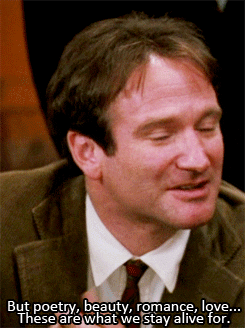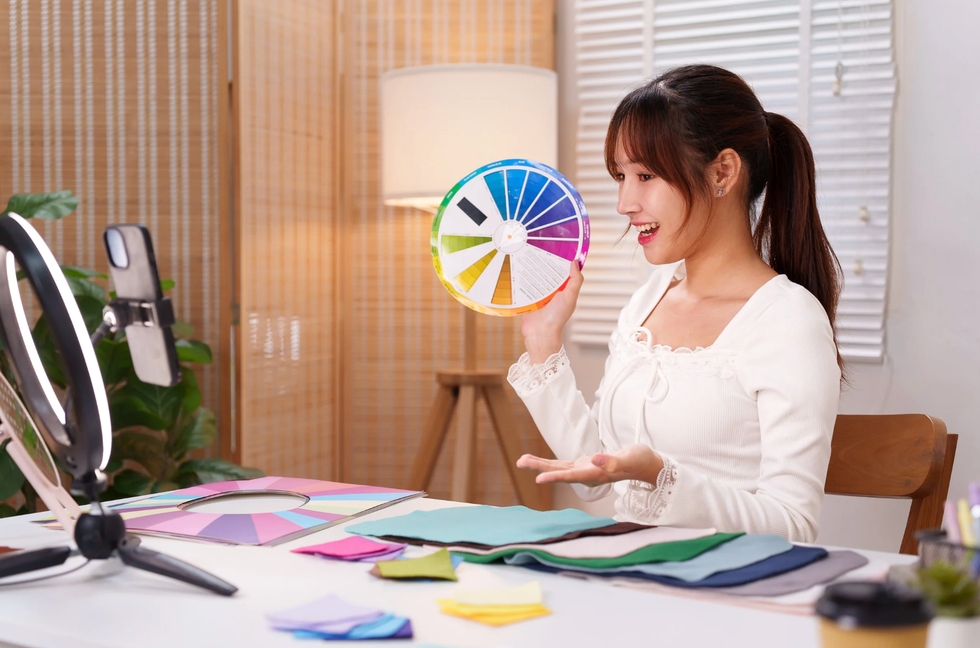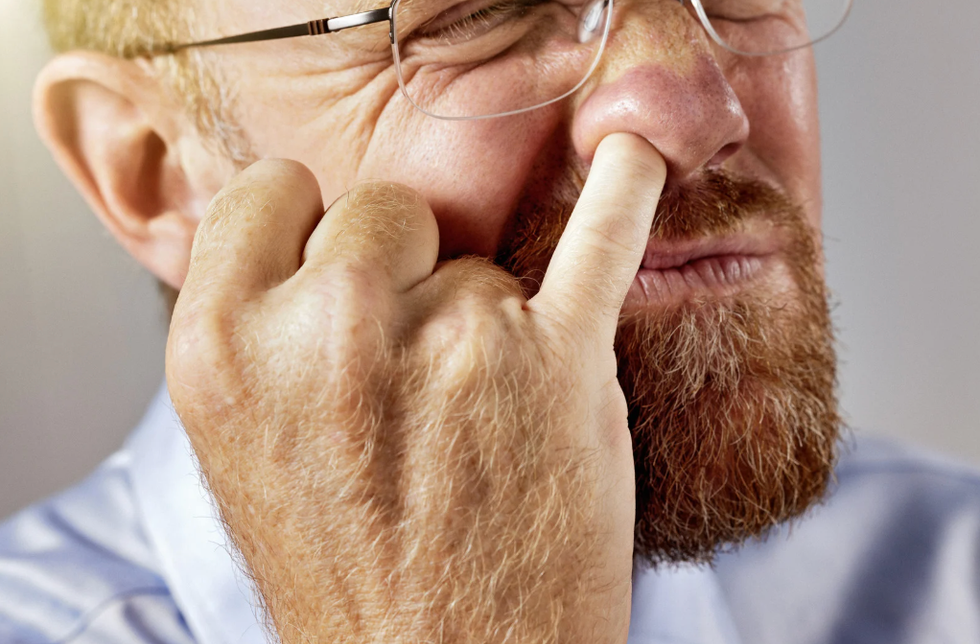The other day I went into Costco to buy some toilet paper. It came as a small shock when I couldn't find a single roll.
The new coronavirus is inspiring panic buying of a variety of household products such as toilet paper in cities across the U.S. and world.
While it makes sense to me that masks and hand sanitizer would be in short supply because of the outbreak, I wondered why people would be hoarding toilet paper – a product that is widely produced and doesn't help protect from a respiratory virus like COVID-19. Toilet paper is becoming so valuable there's even been at least one armed robbery.
As an economist, I am fascinated by why people hoard products that are not having supply problems. Toilet paper hoarding in particular has a curious history and economy.
Past panics
This wouldn't be the first panic over toilet paper.
In 1973, U.S. consumers cleared store shelves of the rolls for a month based on little more than rumors, fears and a joke.
At the time, Americans were already worrying about limited supplies of products like gasoline, electricity and onions. A government press release warning of a potential shortage in toilet paper led to a lot of press coverage but no outright panic buying until Johnny Carson, a famous late night television host, joked about it during his opening monologue. Instead of laughing, people took it seriously and began to hoard toilet paper.
Americans aren't alone in panic buying to ensure they have plenty of squares to spare. Venezuelans hoarded the commodity in 2013 as a result of a drop in production, leading the government to seize a toilet paper factory in an effort to ensure more supply. It failed to do the trick.
100 rolls a year
The average person in the U.S. uses about 100 rolls of toilet paper each year. If most of it came from China, this could be a huge problem because supply chains from that country have been severely disrupted as a result of COVID-19.
The U.S., however, imports very little toilet paper – less than 10% in 2017. And most of that comes from Canada and Mexico.
The U.S. has been mass producing toilet paper since the late 1800s. And while other industries like shoe manufacturing have fled the country, toilet paper manufacturing has not. Today there are almost 150 U.S. companies making this product.
Why people hoard
So then why would people hoard a product that is abundant?
Australia has also suffered from panic buying of toilet paper despite plentiful domestic supply. A risk expert in the country explained it this way: "Stocking up on toilet paper is … a relatively cheap action, and people like to think that they are 'doing something' when they feel at risk."
This is an example of "zero risk bias," in which people prefer to try to eliminate one type of possibly superficial risk entirely rather than do something that would reduce their total risk by a greater amount.
Hoarding also makes people feel secure. This is especially relevant when the world is faced with a novel disease over which all of us have little or no control. However, we can control things like having enough toilet paper in case we are quarantined.
It's also possible we are biologically programmed to hoard. Birds, squirrels and other animals tend to hoard stuff.
How to handle shortages
There are a number of ways to handle shortages, including those caused by hoarding.
The best way is to convince people to stop doing it, especially with plentiful products like toilet paper. However, logic often fails when dealing with emotional issues.
Another way is by rationing. Formal rationing is when governments allocate goods by specifying exactly how much each family gets. The U.S. used rationing during World War II to allocate gasoline, sugar and even meat. China rationed a lot of goods including food, fuel and bicycles until the 1990s.
Sometimes businesses enforce informal rationing. Stores prevent customers from buying all they want. The Costco I went to for toilet paper had a sign limiting shoppers to five packages per customer.
Modern economies run on trust and confidence. COVID-19 is breaking down that trust. People are losing confidence that they will be able to go outside and get what they need when they need it. This leads to hoarding items like toilet paper.
While the government advises preparing for a pandemic by storing a two-week supply of food and water, there's no need to hoard stuff, particularly products that are unlikely to suffer from a shortage.
As for my local Costco, I stopped by a few days later, and the toilet paper aisle was fully stocked.
This article originally appeared on The Conversation. You can read it here.


















 Robin Williams performs for military men and women as part of a United Service Organization (USO) show on board Camp Phoenix in December 2007
Robin Williams performs for military men and women as part of a United Service Organization (USO) show on board Camp Phoenix in December 2007 Gif of Robin Williams via
Gif of Robin Williams via 
 A woman conducts a online color testCanva
A woman conducts a online color testCanva A selection of color swatchesCanva
A selection of color swatchesCanva A young boy takes a color examCanva
A young boy takes a color examCanva 

 Pictured: A healthy practice?
Pictured: A healthy practice?
Will your current friends still be with you after seven years?
Professor shares how many years a friendship must last before it'll become lifelong
Think of your best friend. How long have you known them? Growing up, children make friends and say they’ll be best friends forever. That’s where “BFF” came from, for crying out loud. But is the concept of the lifelong friend real? If so, how many years of friendship will have to bloom before a friendship goes the distance? Well, a Dutch study may have the answer to that last question.
Sociologist Gerald Mollenhorst and his team in the Netherlands did extensive research on friendships and made some interesting findings in his surveys and studies. Mollenhorst found that over half of your friendships will “shed” within seven years. However, the relationships that go past the seven-year mark tend to last. This led to the prevailing theory that most friendships lasting more than seven years would endure throughout a person’s lifetime.
In Mollenhorst’s findings, lifelong friendships seem to come down to one thing: reciprocal effort. The primary reason so many friendships form and fade within seven-year cycles has much to do with a person’s ages and life stages. A lot of people lose touch with elementary and high school friends because so many leave home to attend college. Work friends change when someone gets promoted or finds a better job in a different state. Some friends get married and have children, reducing one-on-one time together, and thus a friendship fades. It’s easy to lose friends, but naturally harder to keep them when you’re no longer in proximity.
Some people on Reddit even wonder if lifelong friendships are actually real or just a romanticized thought nowadays. However, older commenters showed that lifelong friendship is still possible:
“I met my friend on the first day of kindergarten. Maybe not the very first day, but within the first week. We were texting each other stupid memes just yesterday. This year we’ll both celebrate our 58th birthdays.”
“My oldest friend and I met when she was just 5 and I was 9. Next-door neighbors. We're now both over 60 and still talk weekly and visit at least twice a year.”
“I’m 55. I’ve just spent a weekend with friends I met 24 and 32 years ago respectively. I’m also still in touch with my penpal in the States. I was 15 when we started writing to each other.”
“My friends (3 of them) go back to my college days in my 20’s that I still talk to a minimum of once a week. I'm in my early 60s now.”
“We ebb and flow. Sometimes many years will pass as we go through different things and phases. Nobody gets buttsore if we aren’t in touch all the time. In our 50s we don’t try and argue or be petty like we did before. But I love them. I don’t need a weekly lunch to know that. I could make a call right now if I needed something. Same with them.”
Maintaining a friendship for life is never guaranteed, but there are ways, psychotherapists say, that can make a friendship last. It’s not easy, but for a friendship to last, both participants need to make room for patience and place greater weight on their similarities than on the differences that may develop over time. Along with that, it’s helpful to be tolerant of large distances and gaps of time between visits, too. It’s not easy, and it requires both people involved to be equally invested to keep the friendship alive and from becoming stagnant.
As tough as it sounds, it is still possible. You may be a fortunate person who can name several friends you’ve kept for over seven years or over seventy years. But if you’re not, every new friendship you make has the same chance and potential of being lifelong.